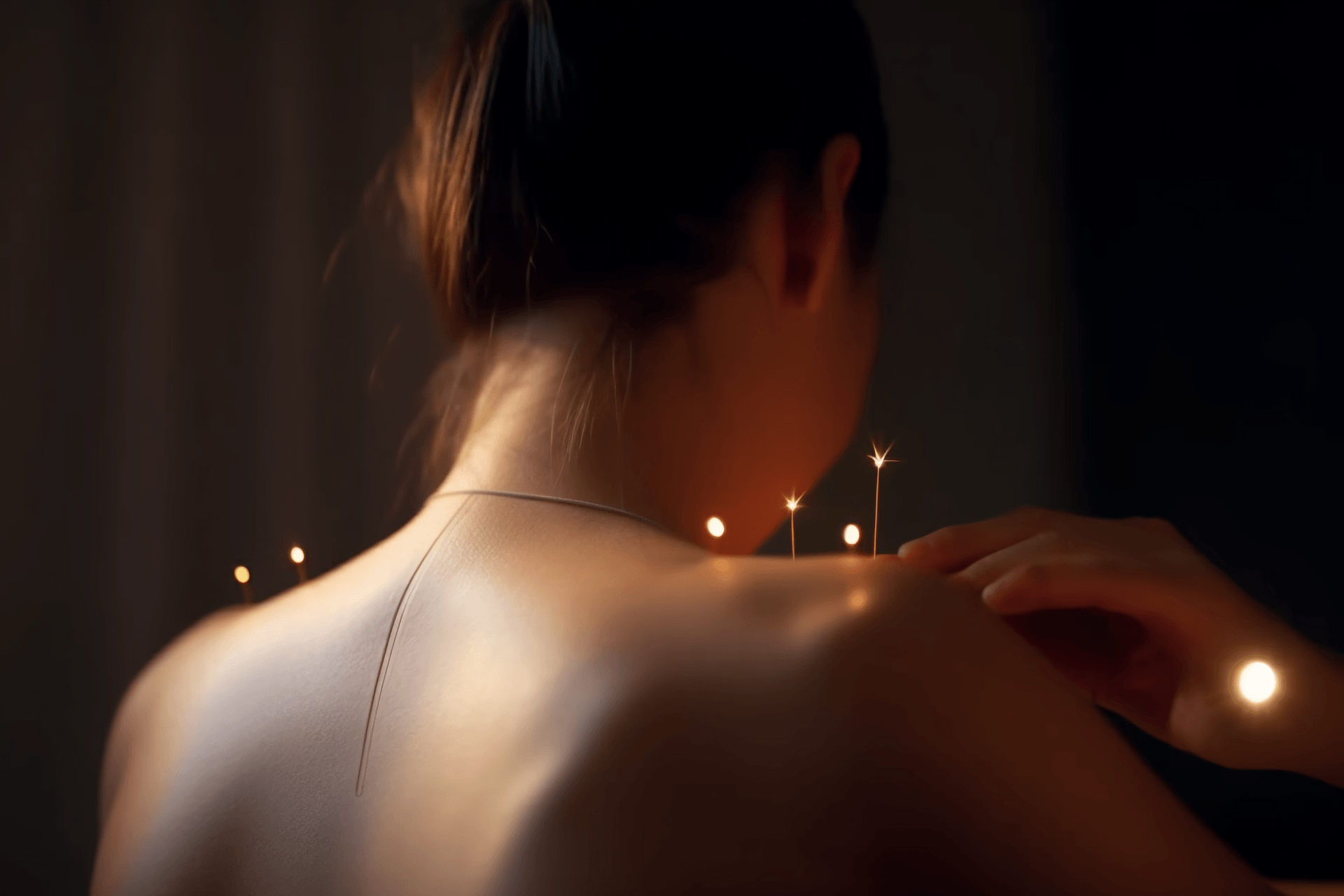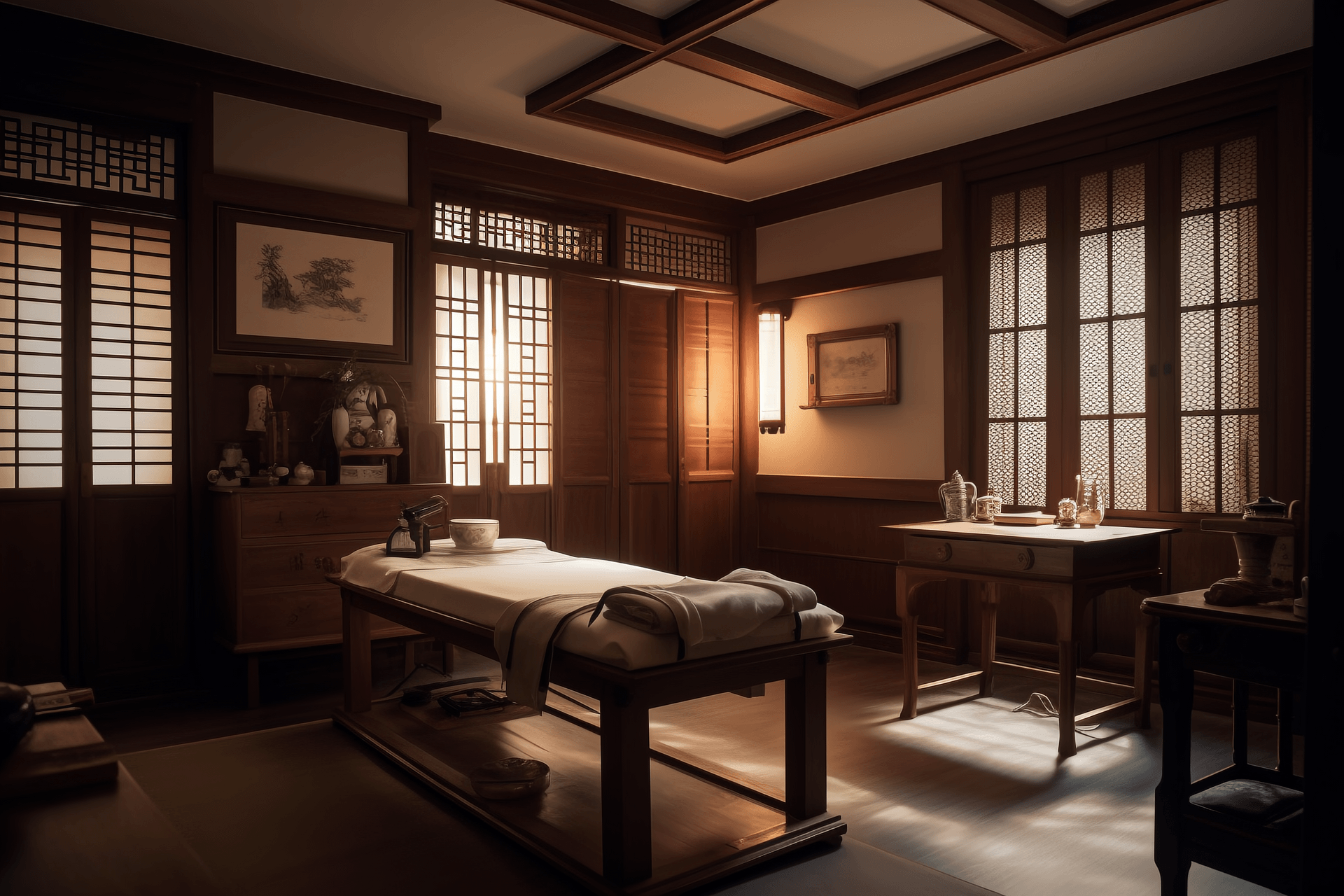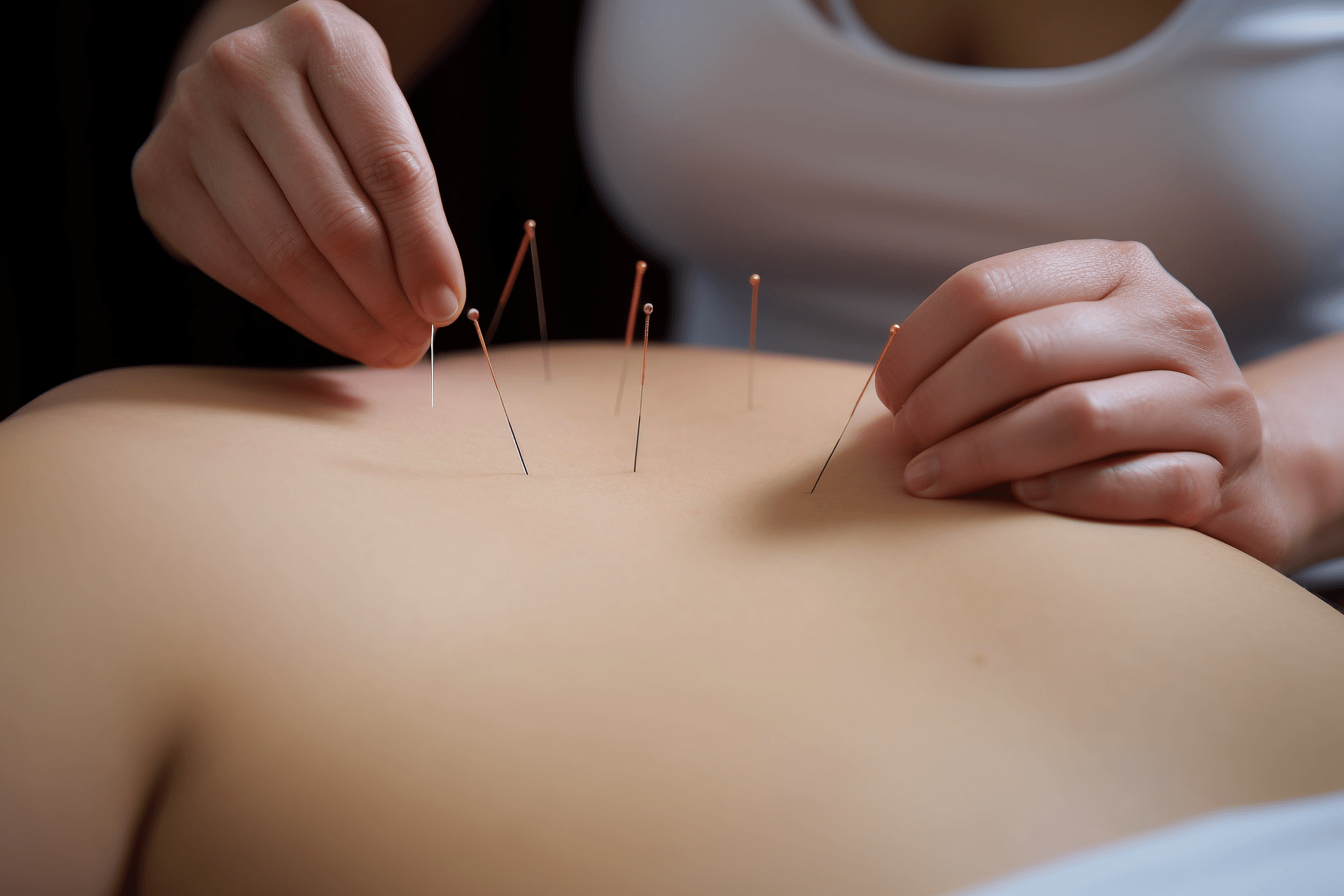Acupoints are special locations on the surface of the body where the Qi of the internal organs and meridians is transported. Each acupoint belongs to a specific meridian, which in turn is associated with a corresponding organ. This close relationship between acupoints, meridians, and organs allows for the use of acupuncture or moxibustion on the acupoints to regulate the flow of Qi and blood, and to adjust the function of the organs, thus achieving the goal of treating diseases and enhancing beauty and health.
I. Classification of Acupoints
Acupoints in the human body can be classified into three categories: the fourteen meridian acupoints, extraordinary acupoints, and ashi acupoints. The fourteen meridian acupoints, also known as meridian acupoints, belong to the twelve meridians and the Ren and Du meridians. There are currently 361 meridian acupoints, which have a common effect in treating diseases related to their corresponding meridians. Extraordinary acupoints refer to acupoints with specific names and clear locations, but do not belong to the fourteen meridian system. Ashi acupoints, also known as tender points, do not have specific names or fixed locations, but are used as the acupuncture or moxibustion sites based on tenderness or other reactions.
II. Specific Acupoints
Specific acupoints refer to meridian acupoints with special functions and therapeutic effects. Because of their different functions, each specific acupoint has its own name and meaning.
1. Five Shu Points
The Five Shu Points are the Jing-Well, Ying-Spring, Shu-Stream, Jing-River, and He-Sea points located below the elbow and knee joints along the twelve meridians. There are a total of 60 Five Shu Points, arranged from the extremities towards the elbow and knee. Ancient people compared the flow of Qi in the extremities to the flow of water, to illustrate the entry and exit of Qi, as well as the depth and characteristics of each location. The source of the Qi, similar to the source of water, is called "Jing-Well"; the Qi that starts to flow, similar to a small spring, is called "Ying-Spring"; the Qi that flows deeper, similar to water flowing from shallow to deep, is called "Shu-Stream"; the Qi that flows smoothly like a river is called "Jing-River"; and finally, when the Qi is abundant and converges in the organs, similar to rivers merging into the sea, it is called "He-Sea". The Five Shu Points serve as the entry and exit points of Qi along the twelve meridians, and have the function of treating diseases related to the twelve meridians and the five zang organs and six fu organs. The Five Shu Points include Shao Shang, Yu Ji, Tai Yuan, Shu Stream, Chi Ze, Jin Chong, Lao Gong, Da Ling, Jian Shi, Qu Ze, Shao Chong, Shao Fu, Shen Men, Ling Dao, Shao Hai, Yin Bai, Da Du, Tai Bai, Shang Qiu, Yin Ling Quan, Yong Quan, Ran Gu, Tai Xi, Fu Liu, Yin Gu, Da Dun, Xing Jian, Tai Chong, Zhong Feng, Qu Quan, Shang Yang, Er Wen, San Wen, Yang Xi, Qu Chi, Guan Chong, Ye Men, Zhong Zhu, Zhi Gou, Tian Jing, Shao Ze, Qian Gu, Hou Xi, Yang Gu, Xiao Hai, Li Dui, Nei Ting, Xian Gu, Jie Xi, Zu San Li, Zu Qiao Yin, Xia Xi, Zu Lin Qi, Yang Fu, Yang Ling Quan, Zhi Yin, Zu Tong Gu, Shu Gu, Kun Lun, and Wei Zhong.
2. Yuan Points and Luo Points
The locations where the original Qi of the organs passes through and stays are called Yuan Points, also known as the Twelve Yuans. In the Yang meridians, the Yuan Points exist independently and are located after the Shu Points, while in the Yin meridians, the Yuan Points are the Shu Points themselves. The points where the collateral meridians branch out from the main meridians are called Luo Points, which have the function of connecting the superficial and deep aspects of the meridians. Each of the twelve meridians has one Luo Point, located below the knee joint in the extremities. In addition, the Luo Points of the Ren meridian, Jiu Wei, and the Du meridian, Chang Qiang, are located in the abdomen and sacrococcygeal region, respectively. When the Luo Points of the Spleen meridian are used in combination with the main points, they are called Yuan-Luo paired points. The Yuan Points of the twelve meridians include Tai Yuan, Da Ling, Shen Men, Tai Bai, Tai Chong, Tai Xi, He Gu, Yang Chi, Wan Gu, Chong Yang, Qiu Xu, and Jing Gu. The Luo Points of the twelve meridians include Lie Que, Nei Guan, Tong Li, Gong Sun, Li Gou, Da Zhong, Pian Li, Wai Guan, Zhi Zheng, Feng Long, Guang Ming, and Fei Yang.
3. Shu Points and Mu Points
Shu Points are the acupoints where the Qi of the zang and fu organs is transported to the back and waist. Mu Points are the acupoints where the Qi of the zang and fu organs converges in the chest and abdomen. Both types of points are closely related to the zang and fu organs. Each organ has its own Shu Points and Mu Points, which can be used to treat diseases related to the corresponding organs either individually or in combination. The Shu Points include Fei Shu, Jue Yin Shu, Xin Shu, Gan Shu, Pi Shu, Shen Shu, Wei Shu, Dan Shu, Pang Guang Shu, Da Chang Shu, San Jiao Shu, and Xiao Chang Shu. The Mu Points include Jin Fu, Shan Zhong, Ju Jue, Qi Men, Zhang Men, Jing Men, Zhong Wan, Ri Yue, Zhong Ji, Tian Shu, Shi Men, and Guan Yuan.
4. Eight Influential Points
The Eight Influential Points are the acupoints where the essence and Qi of the zang, fu, Qi, blood, tendons, vessels, bones, and marrow converge. They are distributed in the trunk and limbs. In clinical practice, they are often used as the main acupoints for treating diseases related to the corresponding zang and fu organs. The Eight Influential Points include Zhang Men, Zhong Wan, Shan Jin, Ge Shu, Yang Ling Quan, Tai Yuan, Da Zhu, and Jue Gu.
5. Xi Points
"Xi" means a gap or space. Xi Points are the locations where the Qi of each meridian converges. The twelve meridians, as well as the Yin Wei meridian, Yin Qiao meridian, Yang Wei meridian, and Yang Qiao meridian, all have Xi Points.






